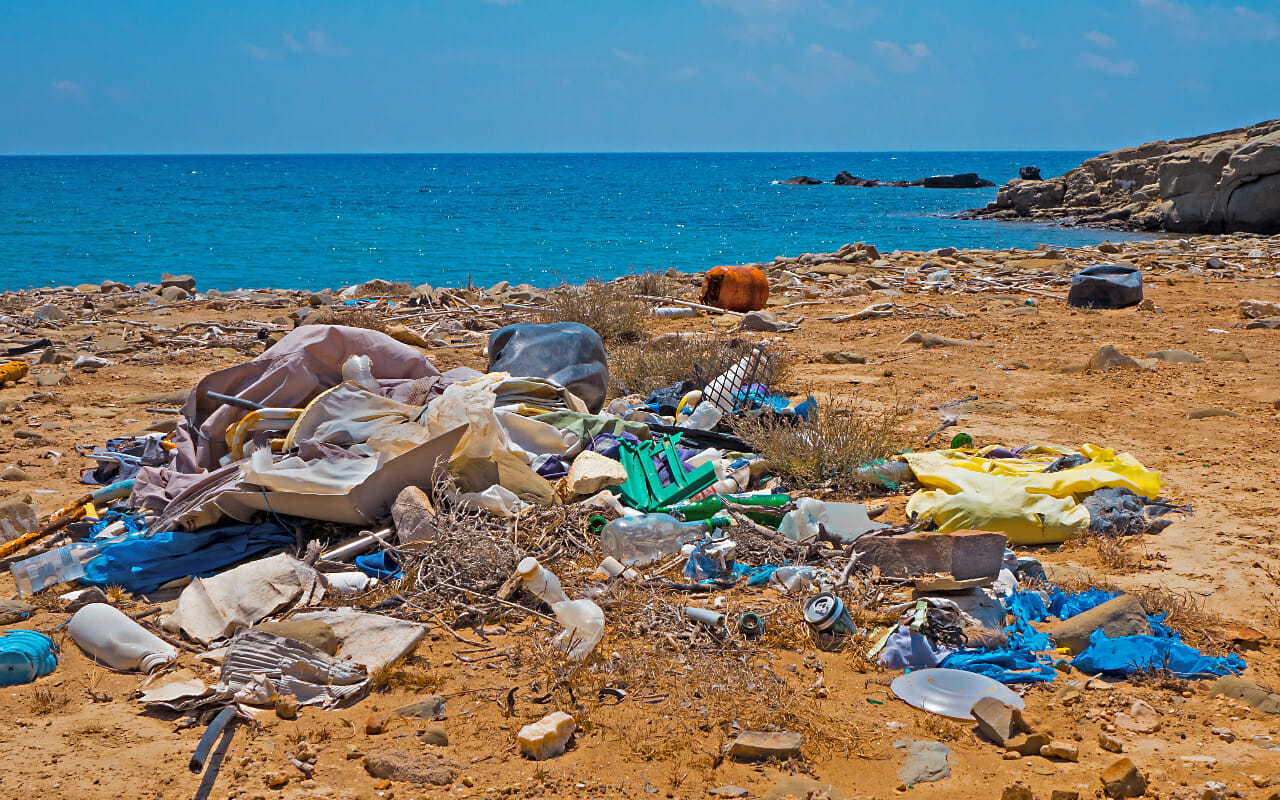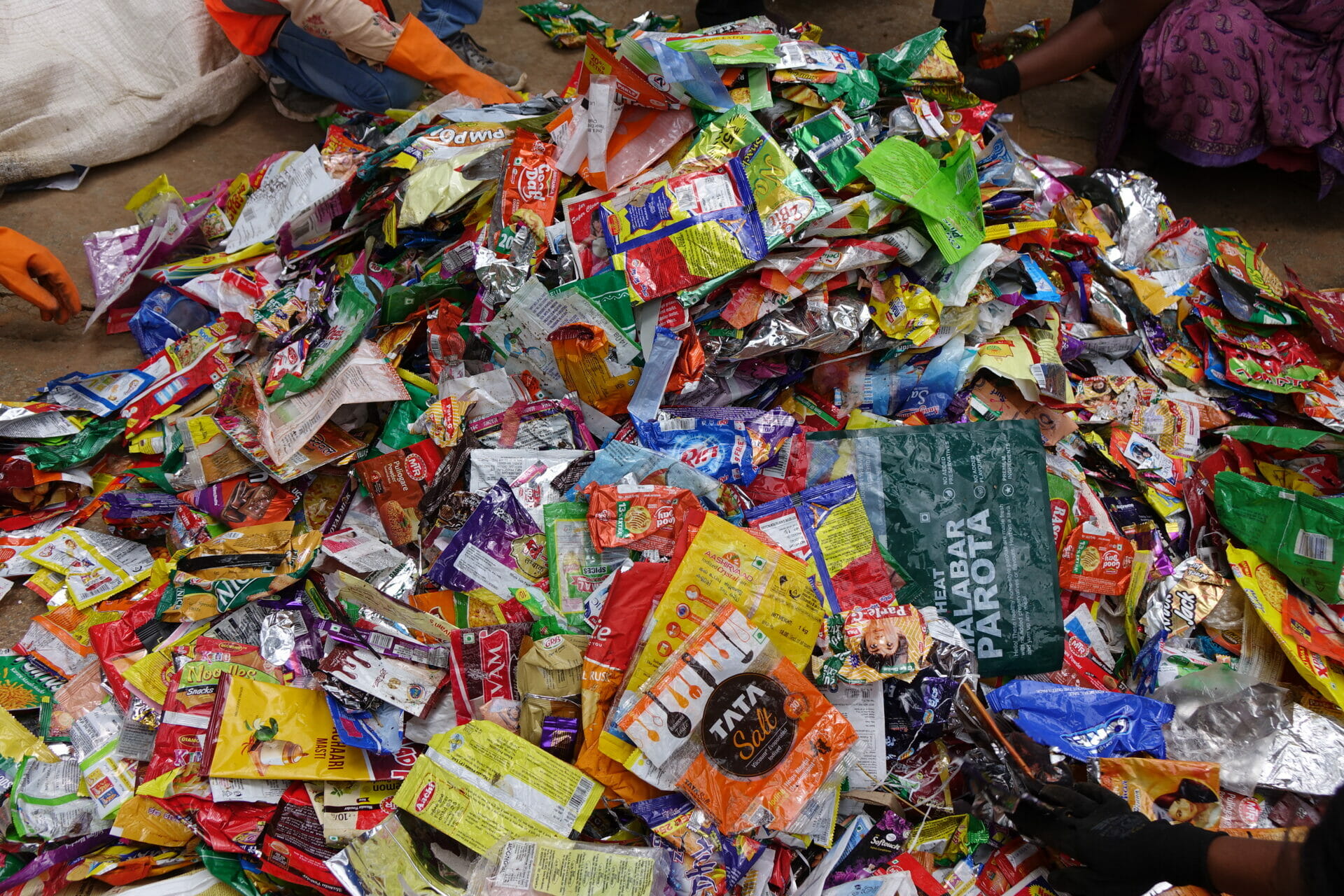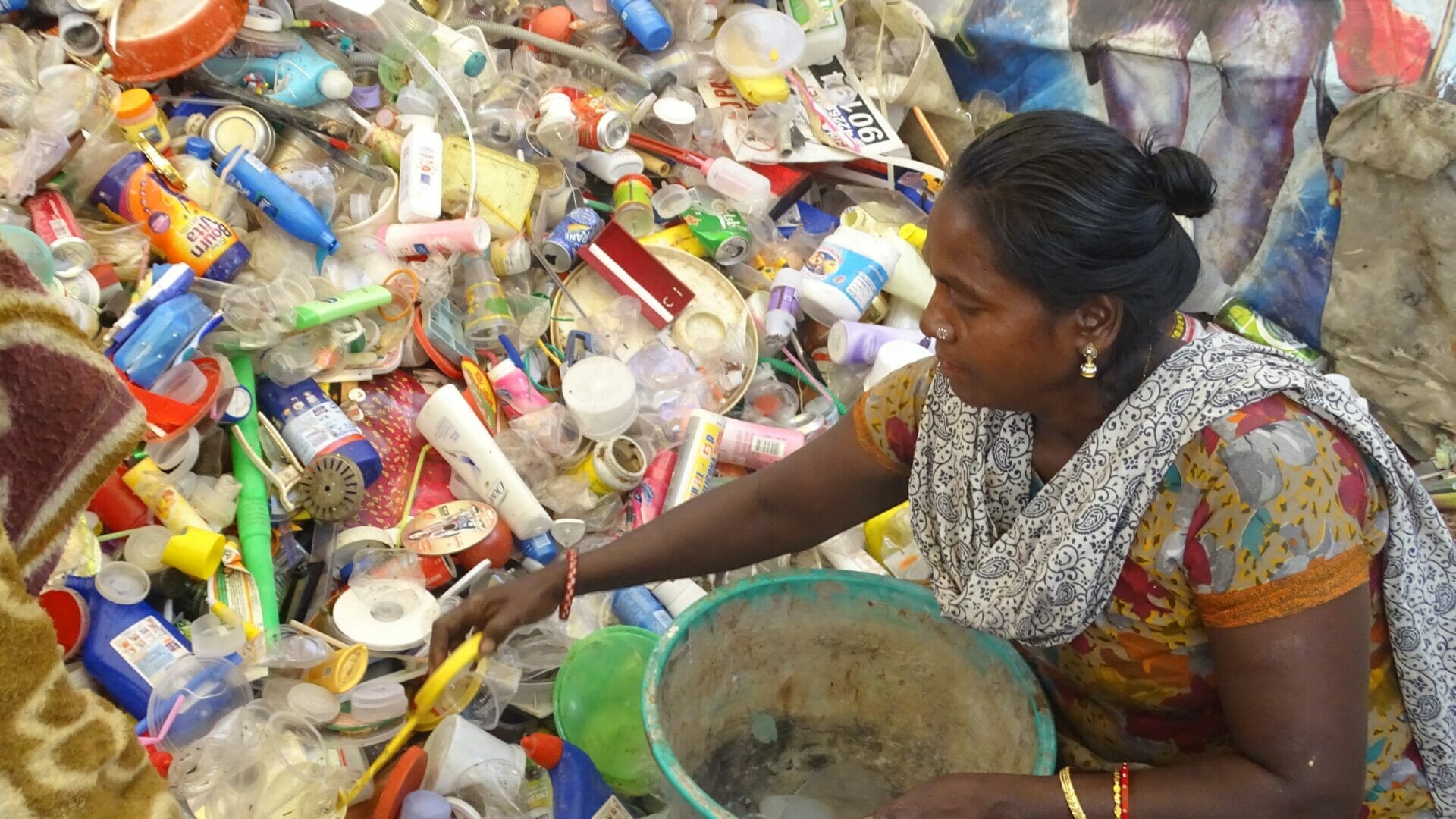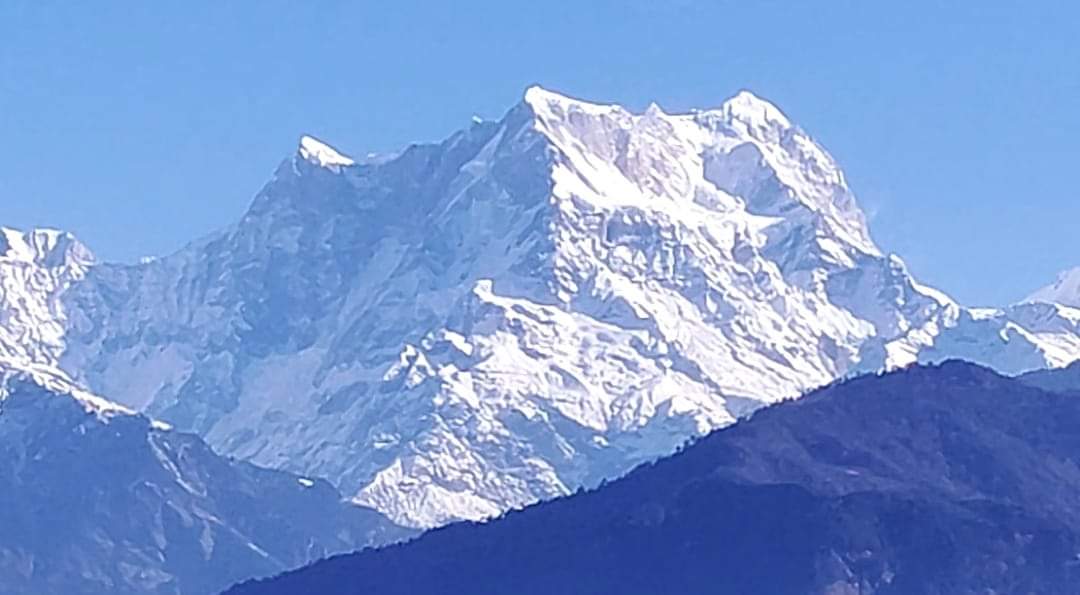The last winter was probably Shimla’s strangest and most disappointing one in a long, long time. The only snow the city got was in two or three mild spells. There were no scenes of the pretty snow covered Shimla streets and homes. “This is a big change we are seeing in the weather in the course of one lifetime” says Raaja Bhasin, Shimla author and historian.
Not just Shimla but other parts of Himachal Pradesh have also been witnessing strange weather. Primarily more wet days than expected and abrupt increases in daily temperatures. Una for instance, a district bordering Punjab and the wheat and cereal producing belt of the state, registered an all-time high of 40.4 degree centigrade between May 10th and 15th, a temperature well above normal.
During the same period, Shimla temperature hovered between 7.8 to 11 degree centigrade, again veering well away from normal.
And much of this is happening when it is not usually supposed to.
Read more: From ‘water-starved’ to ‘water-surplus’: Shimla’s success story inspiring other Himachal towns
It is not only the excessive rainfall (63% above normal) during April that is worrying. It is the gradual change in weather patterns that people of the state have been seeing in recent years—unusual rainfall, hail, snow, thunderstorms, high-velocity winds and drop in temperature.
In April, Lahaul and Spiti district was the only one to register normal rainfall, when most other districts received excess rainfall. Eight districts received the occasional hailstorm and excess rainfall of 60% above normal. Bilaspur received the highest rainfall followed by Kullu and Shimla at second and third spots, respectively.
Also, Shimla and other districts registered lower than normal temperatures in April — a trend never seen before. In Shimla, April 17th was the hottest day of the month with the maximum temperature at 25.9 degrees. Earlier, April temperatures used to go above 28 degrees. The lowest maximum temperature in the month of April ever recorded in Shimla was 23.9 degree, during April 2013.
Will the apples survive?
“The incessant rainfall and hailstorm has caused heavy damage to crops and fruits, including stone fruits like cherry and plums,” says Dr S K Bhardwaj, head of the Department of Environmental Sciences at Y S Parmar University of Horticulture and Forestry, Solan .
“It affected apples during flowering and also fruit bearing stages. The fluctuation in day-night temperatures added to the damage,” Dr Bhardwaj expressed strong apprehensions about the outbreak of diseases and pests attacking fruit crops during their maturity times.
“People too are are likely to experience health issues due to climate change and freak weather,” said Dr Bhardwaj.
The stream of yellow or orange warnings from the Met department has now become a familiar experience to people of Shimla and neighbouring districts.
Besides changes in rainfall and temperature patterns, there are other signs of climate change. The snow cover in the river basins of the Chenab, Beas, Ravi and the Sutlej in the Himalayan region of Himachal has declined by 10% as compared to previous years, revealed a study done by the Climate Change cell of the HP Council for Science, Technology and Environment. The findings of the study were released this week.
Predicts Dr Suresh Attri, a climate change expert: “As per Representative Concentration Pathway (RCP 4.5), meaning Greenhouse gas concentration, the average annual rainfall in Himachal Pradesh is projected to increase by 5.9% with an increase in average annual temperature (max) by 1.4 deg C by 2050.”
Shimla, specifically is expected to record the highest increase in rainfall in the coming years. Predictions are that future winters will not be very prolonged or very cold and the intensity of precipitation will increase significantly.
But that’s for the future. At present, snowfall at places located below 9,000-9,500 feet, the height where apple is grown the most, in late April is unheard of. “With the weather becoming so erratic and extreme and given the dependence of the fruit on favourable climate conditions, apple cultivation could become unsustainable in times to come,” says Chetan Bragta, leading apple orchardist at Kotkhai.
Read more: Shimla’s haphazard building policy a recipe for climate disaster
Vipna Chauhan, a woman orchardist at Kotkhai felt that unprecedented rains and hail during April, after a prolonged dry spell in winter, is a clear sign of climatic changes happening in the Himalayas.
“We have noted that the changes are happening very fast,” says Chauhan. “It’s going to have an adverse impact on the livelihoods of people in the mountains. Apples, an economy of Rs 5,500 cr, is not going to survive long in such hostile weather conditions.
The biggest worry: Water
The reduced snow cover this winter has led to the fear of an impending water shortage during the summer and a decline in power generation at hydro-power projects in the state. Himachal Pradesh generates more than 11,000MW of power, all from the hydro-sector.
“There has been a 0.39 per cent decline in the snow cover in the Chenab basin, 6.9 per cent in the Beas basin, 22.42 per cent in the Ravi basin and 14.61 per cent in the Sutlej river basin,” says D C Rana, Director, Environment, Science and Technology.
The winter precipitation was mapped in all major river basins like the Chandra, Bhaga, Miyar, Beas, Parvati, Pin, Spiti and the Baspa through satellite imagery between October and April. There was early snowfall in October and November last year but the river basins of the Chenab, Ravi, Beas and the Sutlej witnessed a decrease in the overall snow cover in 2022-23. In fact, all the river basins showed an overall negative trend with a reduced snow cover in comparison to 2021-22.
Some of the hydro-power producers like Satluj Jal Vidyut Nigam (SJVN) Ltd, a profit-making power PSU, show a noticeable drop in the power generation, mainly due to low discharge in the Satluj river.
Nand Lal Sharma, chairman and MD at SJNL Ltd, says: “The shortfall in energy generation is quite unusual during the peak summers. Melting of snow in the high mountains has always been sustaining the water discharge at the projects. The unfavourable climatic conditions, receding of glaciers and lack of snowfall are glaring factors impacting the run of the river projects in Himalayan basins in Himachal and Uttarakhand.”

Heat wave in the hills
Himachal Pradesh stood at number three after states like Rajasthan and Madhya Pradesh in terms of heat wave days in March-April 2022. Total heat wave days in Rajasthan and MP followed by 21 heat waves in Himachal. Ironically, Punjab had just seven heat days while Uttarakhand had three.
Now, it looks like the picture has been reversed.
Shimla’s citizens are also worried about the drinking water crisis this year. Solan — the gateway to Shimla and Kinnaur is already reeling under a drinking water crisis.
Chief Minister Sukhwinder Singh Sukhu admits that changes in the climate pattern are going to have a long term effect on livelihood means, agriculture, horticulture, Tourism and even the power sector. The government has resolved to develop Himachal Pradesh as a green energy state by March 31, 2026 .There is also a goal replace all diesel/petrol vehicles by electric vehicles in a phased manner to cut down carbon emissions.
But there is, as yet, little action on the ground to mitigate these effects.









